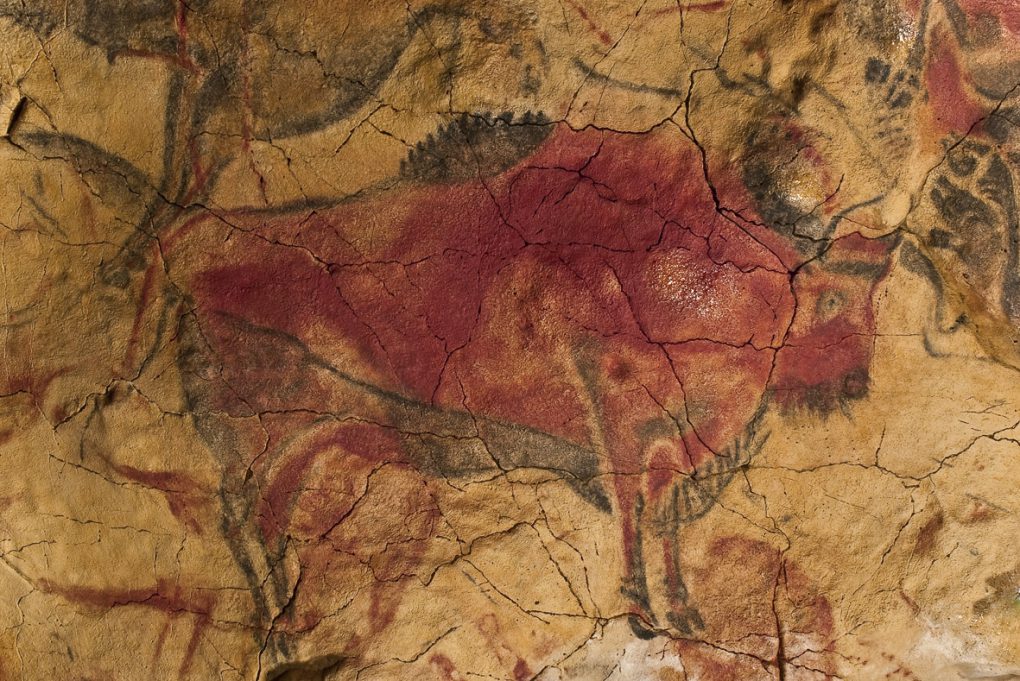Homo erectus probably wouldn’t understand your sales funnel or marketing KPIs, but our distant ancestors did manage to do a few things better than many of us do today: they knew how to innovate, they aligned on common needs, and they new how to hold an audience. In other words, they practiced visual leadership.
To Teach a [Cave] Man to Fish…
The barest and most essential of necessities motivated the earliest men and women: harnessing fire, crafting tools, and making pigments. Indeed, our forebears were resourceful enough not only to hunt and cook their meals, but as the cave paintings of Altamira (some of the earliest discovered evidence of human writing and art) show, teaching others how to do the same.

…Paint a Picture
Long before written and spoken language developed into business buzzwords, ad-copy, and meme-speak, we communicated using pictures. As children, our earliest forms of self-expression are mark-making with crayons or finger paints. Even the crudest depiction of an idea can be deciphered across languages, timezones, and cultures.
Whether staring at screens, meeting safely in person, or some hybrid of the two, working visually encourages your team to lean in, focus, and align on a direction forward. What’s more, visual leadership engages different areas of the brain, leading to more creative thinking, synthesis, and innovation.

Under a Rock or Over High Speed Internet
If you’re looking to increase engagement and alignment, on Zoom or in person, check out this article, and the features below for a few of our best ideas on the subject.



